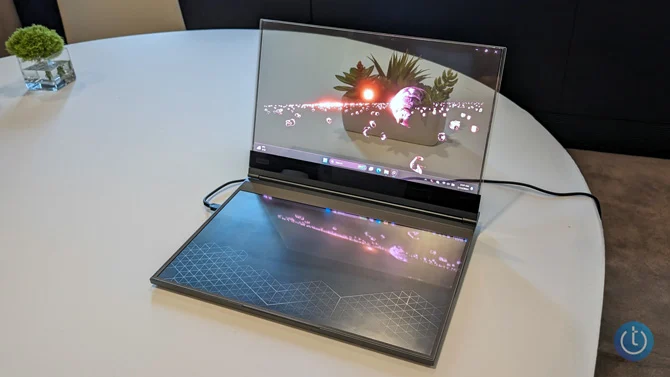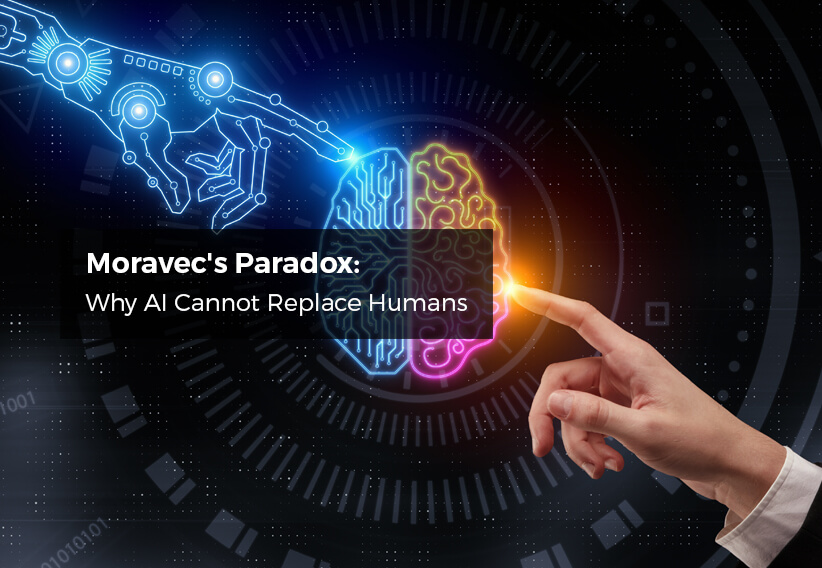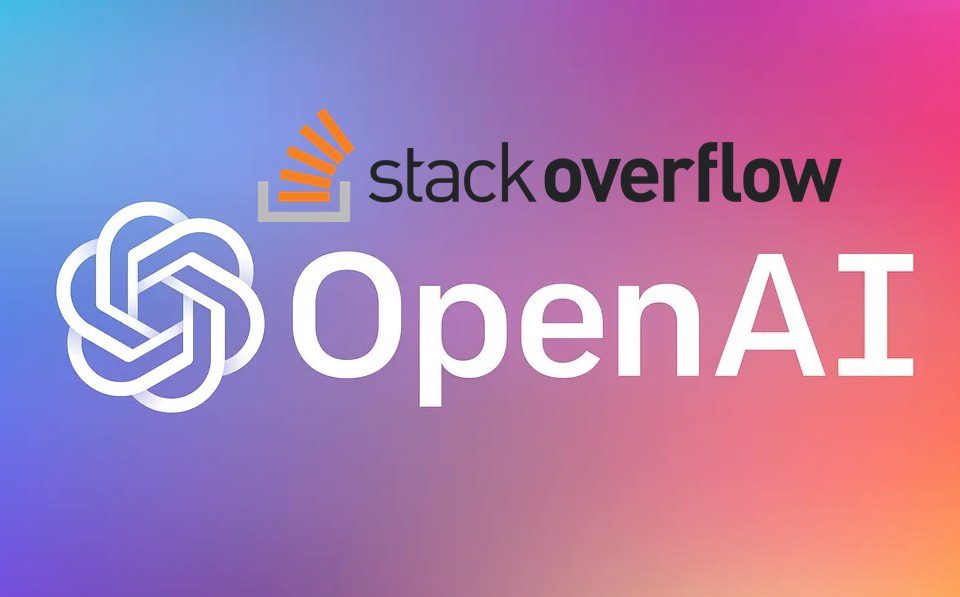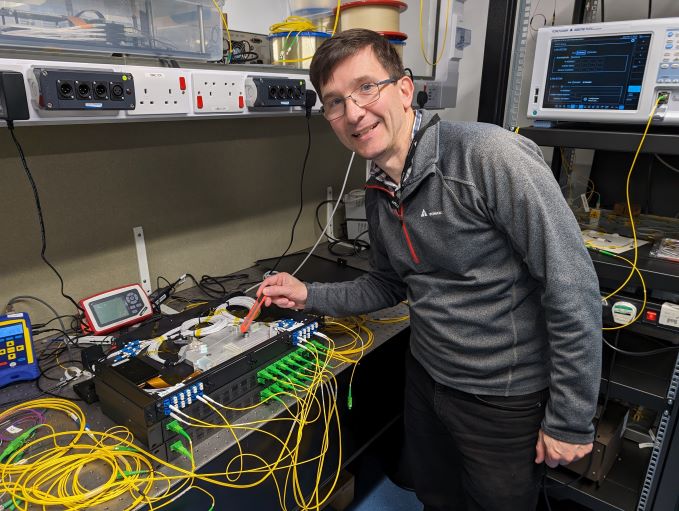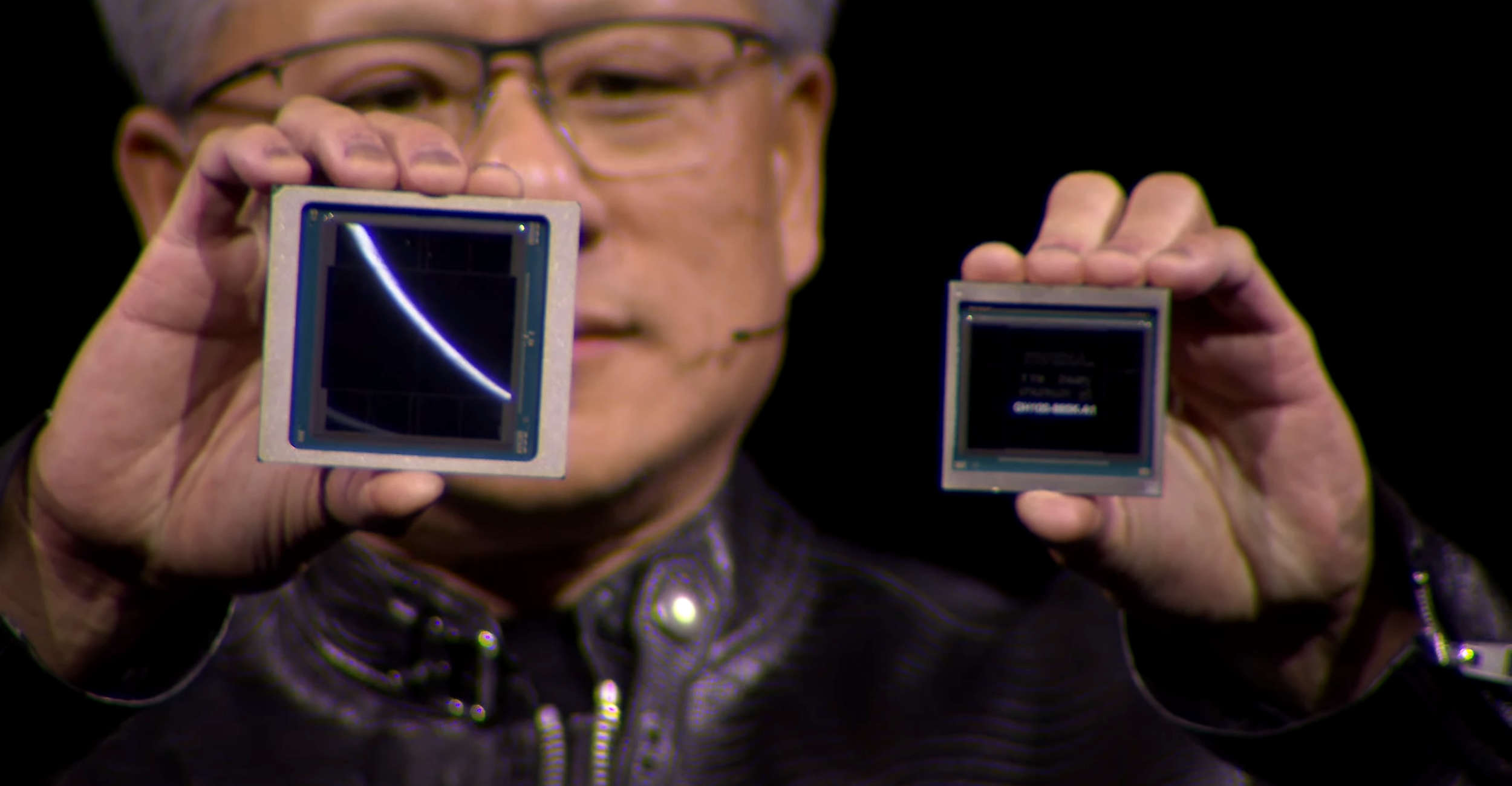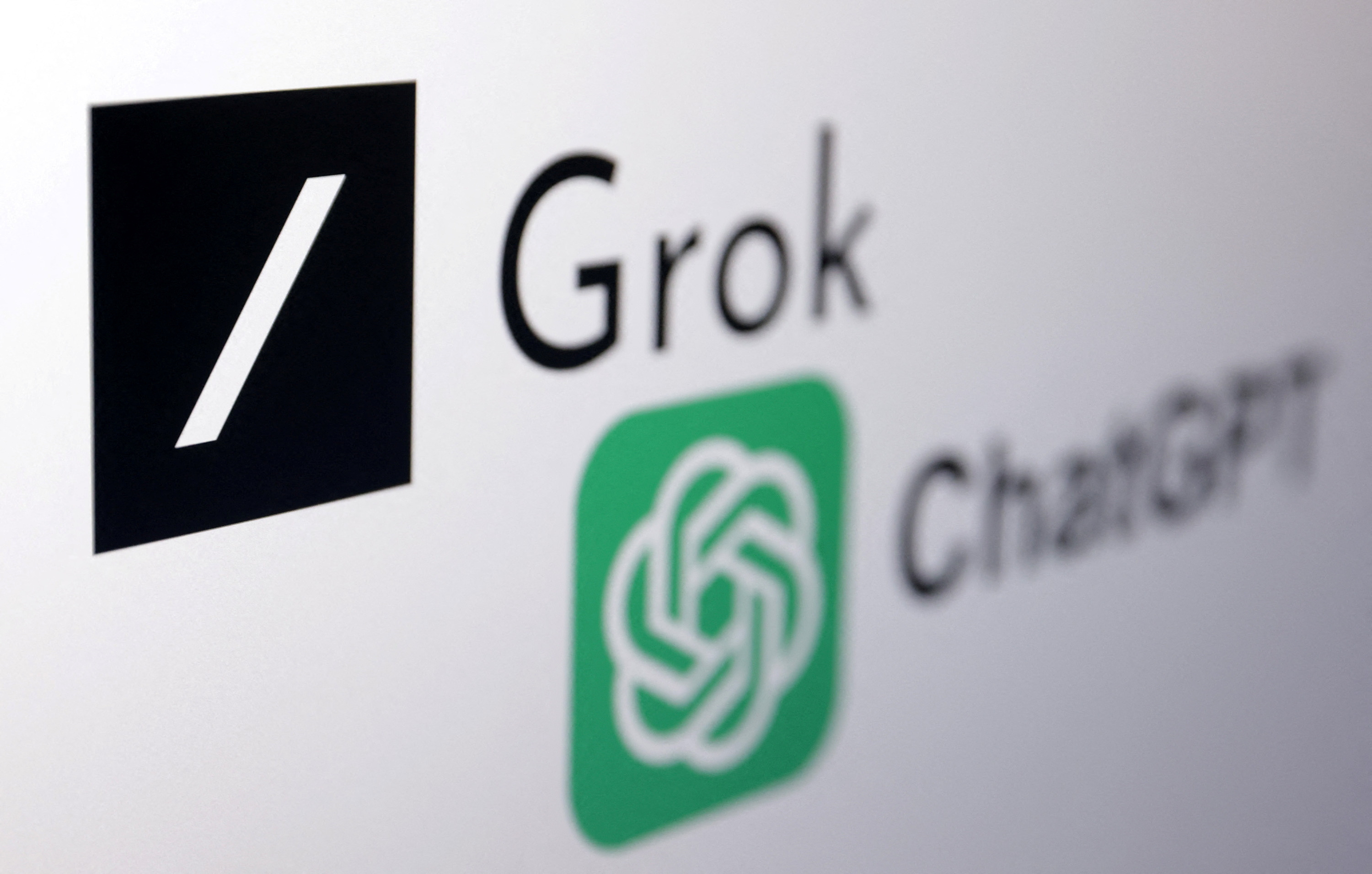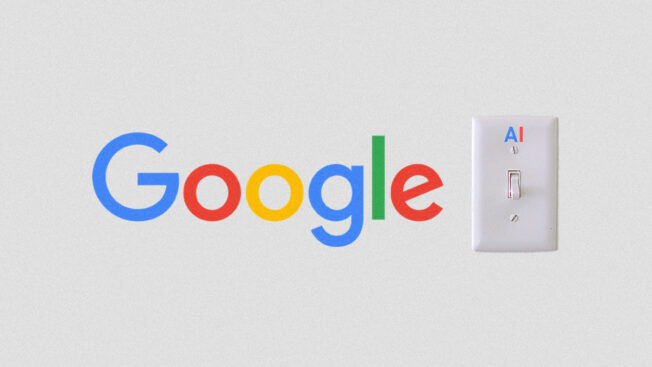At this year's Mobile World Congress in Barcelona, Lenovo stole the spotlight with an audacious and visionary concept – the ThinkBook Transparent Display Laptop. This cutting-edge prototype redefines what a laptop can be, blurring the lines between the digital and physical worlds with its ingenious transparent display technology.
The centerpiece of this futuristic laptop is its remarkable 17.3-inch MicroLED display, which boasts an astonishing transparency of up to 55 percent when its pixels are set to black and turned off. As the pixels illuminate, the display seamlessly transitions from transparency to opaque, achieving a peak brightness of an impressive 1000 nits. This groundbreaking display technology isn't merely a visual marvel; it holds the potential to revolutionize the way we interact with our digital devices.

Lenovo envisions the transparent display as a powerful tool for digital artists, enabling them to see the world behind the laptop's screen while sketching on the lower half, where the keyboard is located. This unique capability essentially transforms the laptop into an augmented reality canvas, allowing artists to blend their digital creations with the physical environment around them. Furthermore, Lenovo has integrated AI object recognition capabilities, which could potentially overlay digital information or imagery onto the real-world objects visible through the transparent display, opening up a realm of possibilities for enhanced collaboration and immersive experiences.

But the innovations don't stop there. The ThinkBook Transparent Display Laptop also features a completely flat touch keyboard that doubles as a drawing tablet. With a simple gesture of bringing a stylus close to the surface, the keyboard projection can disappear, allowing for a seamless transition between typing and drawing. This ingenious design eliminates the need for a separate drawing tablet, streamlining the creative process and enhancing productivity.
While the ThinkBook Transparent Display Laptop is currently a concept and not a commercially available product, Lenovo has expressed high confidence that the technologies demonstrated will make their way into a real laptop within the next five years. The company is actively exploring the potential of transparent displays and AI integration, driven by a vision to enhance collaboration and add a new dimension to the user experience.

It's important to note that this groundbreaking concept is not without its limitations. The current prototype has a resolution of 720p, and the flat-touch keyboard lacks the tactile feedback that many users have come to expect from a traditional keyboard. However, Lenovo is actively exploring solutions, such as leveraging AI to learn a user's typing habits and improve accuracy, demonstrating the company's commitment to pushing the boundaries of innovation.
The ThinkBook Transparent Display Laptop has garnered significant attention and praise from industry experts and tech enthusiasts alike. Its innovative approach to laptop design and potential future applications have captivated audiences worldwide, sparking discussions about the future of computing and the role of augmented reality in our daily lives.

Beyond its technological prowess, Lenovo's transparent laptop concept represents a bold statement about the company's vision for the future. It showcases Lenovo's commitment to pushing the boundaries of innovation, challenging conventional thinking, and exploring new ways to enhance the user experience.
As we eagerly await the arrival of this revolutionary laptop in the coming years, one thing is certain: Lenovo has ignited the imagination of the tech world with its ThinkBook Transparent Display Laptop. This audacious concept serves as a testament to the power of innovative thinking and a glimpse into a future where the lines between the digital and physical worlds continue to blur, ushering in a new era of immersive and transformative computing experiences.

